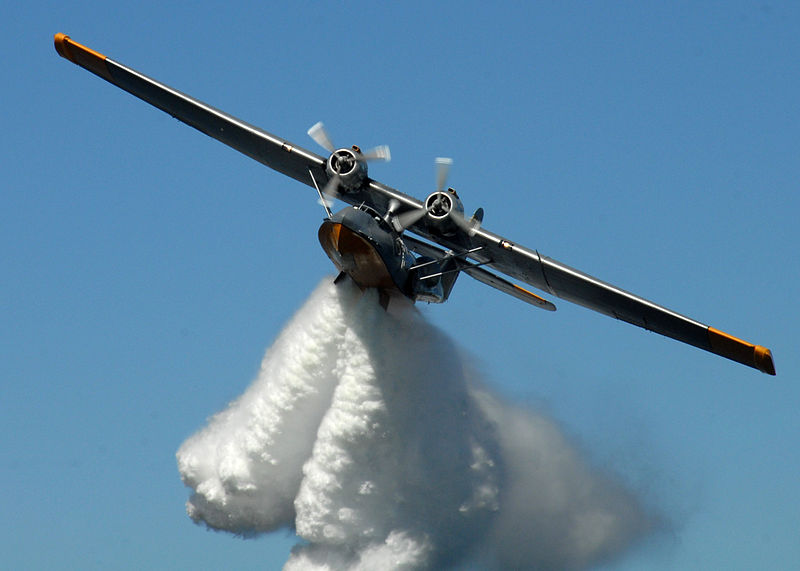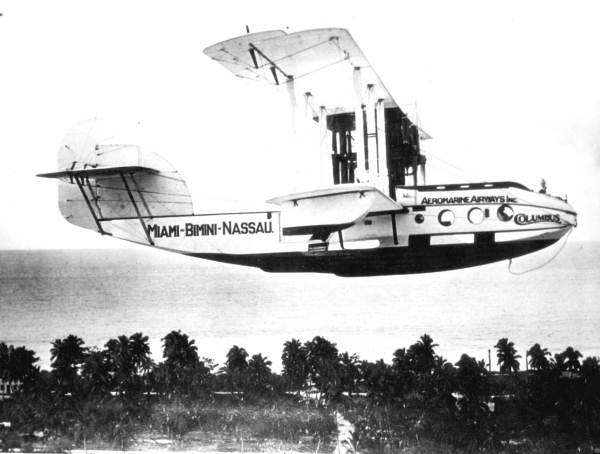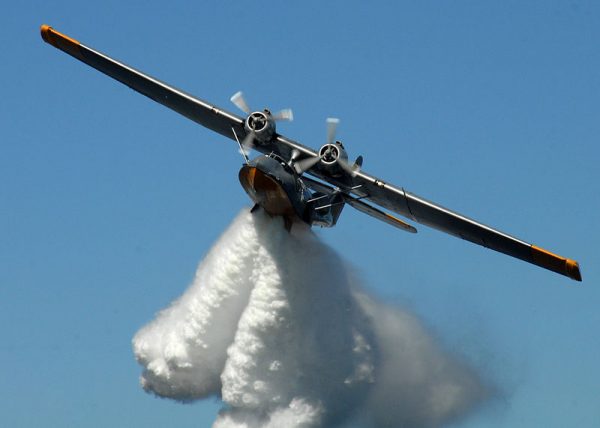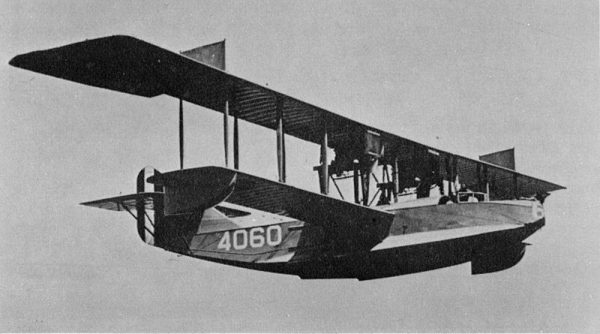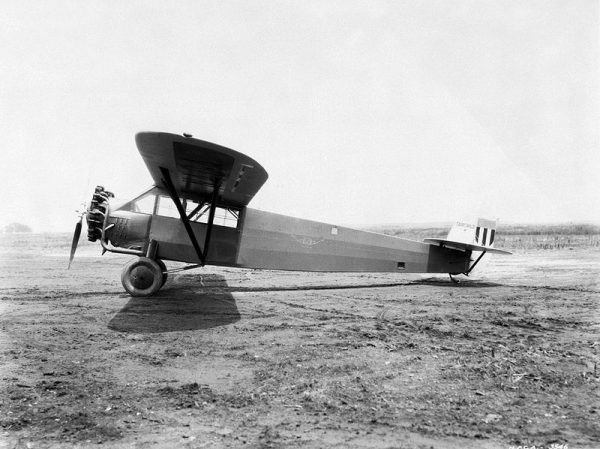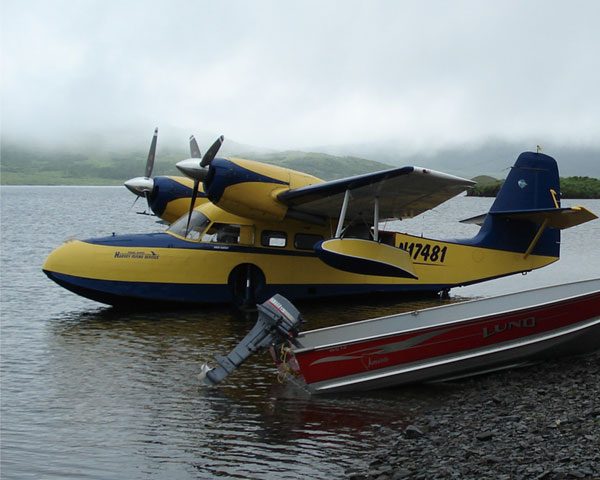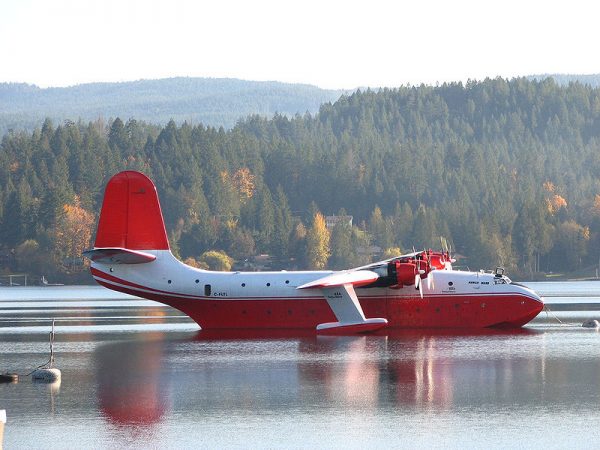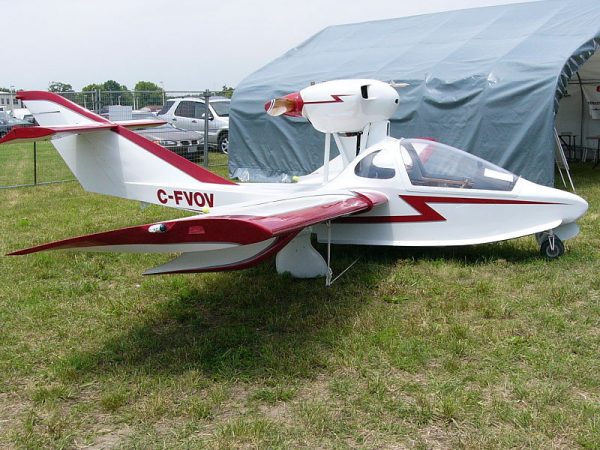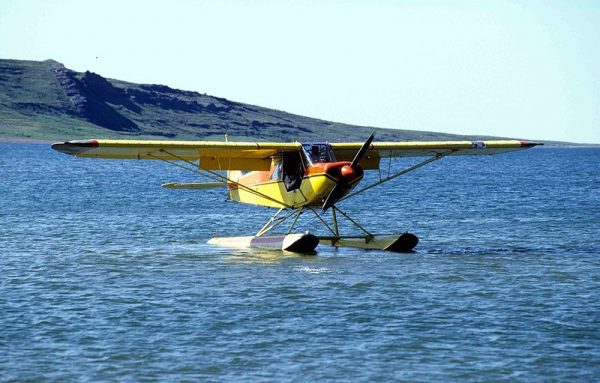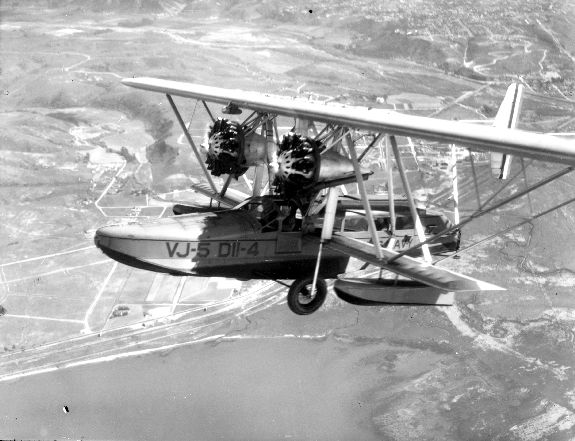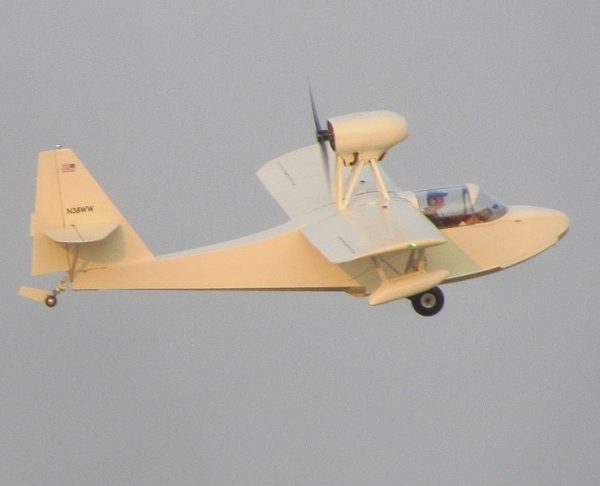Here we have a list of all time best American Seaplanes and Amphibious Aircraft, which includes floatplanes and flying boats etc.
Seaplanes are any aircraft that has the capability of landing on water while amphibians are equipped with wheels to alight on land, as well as being able to land on the water. Flying boats rely on the fuselage or hull for buoyancy, while floatplanes rely on external pontoons or floats. Some experimental aircraft used specially designed skis to skim across the water but did not always have a corresponding ability to float.
- Felixstowe F5L
The twin-engine F5L was one of the Felixstowe F series of flying boats developed by John Cyril Porte at the Seaplane Experimental Station, Felixstowe, England during the First World War for production in America.
A civilian version of the aircraft was known as the Aeromarine 75. (wikipedia)
2) Boeing 314 Clipper
The Boeing 314 Clipper was a long-range flying boat produced by the Boeing Airplane Company between 1938 and 1941. One of the largest aircraft of the time, it used the massive wing of Boeing’s earlier XB-15 bomber prototype to achieve the range necessary for flights across the Atlantic and Pacific Oceans. Twelve Clippers were built; nine were brought into service for Pan Am and later transferred to the U.S. military.[1] The remaining three were sold to British Overseas Airways Corporation (BOAC) by Pan Am and delivered in early 1941. (BOAC’s 3 Short S.26 transoceanic flying-boats had been requisitioned by the RAF). (wikipedia)
3) Cessna 185 Skywagon
The Cessna 185 Skywagon is a six-seat, single-engined, general aviation light aircraft manufactured by Cessna. It first flew as a prototype in July 1960, with the first production model being completed in March 1961. The Cessna 185 is a high-winged aircraft with non-retractable conventional landing gear and a tailwheel.
Over 4,400 were built with production ceasing in 1985. When Cessna re-introduced some of its most popular models in the 1990s, the tailwheel equipped Cessna 180 and 185 were not put back into production. (wikipedia)
4) Consolidated PBY Catalina
The Consolidated PBY Catalina, also known as the Canso in Canadian service, was an American flying boat, and later an amphibious aircraft of the 1930s and 1940s produced by Consolidated Aircraft. It was one of the most widely used seaplanes of World War II. Catalinas served with every branch of the United States Armed Forces and in the air forces and navies of many other nations.
During World War II, PBYs were used in anti-submarine warfare, patrol bombing, convoy escorts, search and rescue missions (especially air-sea rescue), and cargo transport. The PBY was the most numerous aircraft of its kind and the last active military PBYs were not retired from service until the 1980s. In 2014, nearly 80 years after its first flight, the aircraft continues to fly as a waterbomber (or airtanker) in aerial firefighting operations all over the world. (wikipedia)
5) Curtiss Model H
The Curtiss Model H was a family of classes of early long-range flying boats, the first two of which were developed directly on commission in the United States in response to the ₤10,000 prize challenge issued in 1913 by the London newspaper, the Daily Mail, for the first non-stop aerial crossing of the Atlantic. As the first aircraft having transatlantic range and cargo-carrying capacity, it became the grandfather development leading to early international commercial air travel, and by extension, to the modern world of commercial aviation. The last widely produced class, the Model H-12, was retrospectively designated Model 6 by Curtiss’ company in the 1930s, and various classes have variants with suffixed letters indicating differences. (wikipedia)
6) Douglas Dolphin
The Douglas Dolphin was an amphibious flying boat. While only 58 were built, they served a wide variety of roles: private ‘air yacht’, airliner, military transport, and search and rescue.
The Dolphin originated in 1930 as the “Sinbad,” a pure flying boat without wheels. The Sinbad was intended as a luxurious flying yacht. Undaunted by the lack of demand, Douglas improved the Sinbad in 1931 so that it was amphibious, and could land on water or land. The improved aircraft was named “Dolphin”, however this did not represent the end of development, as many detail improvements were made, including an increase in the length of over a foot and several changes were made to the empennage, engine nacelles and wings. (wikipedia)
7) Fairchild FC-2
The Fairchild FC-1 and its derivatives were a family of light, single-engine, high-wing utility monoplanes produced in the United States in the 1920s and 1930s. The aircraft was originally designed to provide a camera platform for Sherman Fairchild’s aerial photography and survey business, Fairchild Aerial Surveys. (wikipeida)
8) Grumman G-44 Widgeon
The Grumman G-44 Widgeon is a small, five-person, twin-engine amphibious aircraft.[1] It was designated J4F by the United States Navy and Coast Guard and OA-14 by the United States Army Air Corps and United States Army Air Forces. (wikipeida)
9) Hughes H-4 Hercules
The Hughes H-4 Hercules (also known as the “Spruce Goose”; registration NX37602) is a prototype strategic airlift flying boat designed and built by the Hughes Aircraft Company. Intended as a transatlantic flight transport for use during World War II, it was not completed in time to be used in the war. The aircraft made only one brief flight on November 2, 1947, and the project never advanced beyond the single example produced. Built from wood because of wartime restrictions on the use of aluminium and concerns about weight, it was nicknamed by critics the “Spruce Goose”, although it was made almost entirely of birch. The Hercules is the largest flying boat ever built and has the largest wingspan of any aircraft in history.[4] It remains in good condition and is on display at the Evergreen Aviation & Space Museum in McMinnville, Oregon, United States. (wikipedia)
10) Martin JRM Mars
The Martin JRM Mars is a large, four-engined cargo transport seaplane originally designed and built in limited numbers for the U.S. Navy during the World War II era. It was the largest Allied flying boat to enter production, although only seven were built. The United States Navy contracted the development of the XPB2M-1 Mars in 1938 as a long range ocean patrol flying boat, which later entered production as the JRM Mars long range transport.
Four of the surviving aircraft were later converted for civilian use to firefighting water bombers. One example of the aircraft still remains in limited service based out of Sproat Lake just outside of Port Alberni, British Columbia. (wikipedia)
11) Naval Aircraft Factory TS
The Naval Aircraft Factory TS-1 was an early biplane fighter aircraft of the United States Navy, serving from 1922-1929.
While the Vought VE-7s were serving the Navy well in the early 1920s, they were not originally designed as fighters. The Naval Aircraft Factory came up with a simple design driven by a 200 hp (150 kW) Lawrance J-1 air-cooled radial engine. Its boxy fuselage was suspended between the upper and lower wings (essentially having both dorsal and ventral sets of cabane struts), with the center area of the lower wing enlarged to accommodate a fuel tank. (wikipedia)
12) Osprey Osprey 2
The Osprey Osprey 2, also known as the Pereira Osprey 2 after its designer, is an amphibious sport aircraft designed for homebuilding. Plans have been sold since the mid-1970s. George Pereira designed the Osprey 2 to address the two most frequent criticisms of his Osprey I aircraft: its lack of a passenger seat and its inability to operate from dry land. An exercise that began as a series of modifications to the original design in January 1972 eventually turned into a complete redesign of the aircraft, with the resulting Osprey 2 flying in April 1973. (wikipedia)
13) Piper PA-18 Super Cub
The Piper PA-18 Super Cub is a two-seat, single-engine monoplane. Introduced in 1949 by Piper Aircraft, it was developed from the Piper PA-11, and traces its lineage back through the J-3 to the Taylor E-2 Cub of the 1930s. In close to 40 years of production, over 9,000 were built. Super Cubs are commonly found in roles such as bush flying, banner and glider towing. (wikipedia)
14) Sikorsky S-38
The Sikorsky S-38 was an American twin-engined eight-seat sesquiplane amphibious aircraft. It was sometimes called “The Explorer’s Air Yacht” and was Sikorsky’s first widely produced amphibious flying boat which in addition to serving successfully for Pan American Airways and the U.S. Army, also had numerous private owners who received notoriety for their exploits. (wikipedia)
15) Volmer VJ-22 Sportsman
The Volmer VJ-22 Sportsman is an American homebuilt amphibious aircraft. The Sportsman is a two-seat high-winged monoplane of wood and fabric construction, with over 100 built by 1993.
Volmer Jenson, a successful designer of sailplanes, designed the two-seat amphibious VJ-22 in 1957.[1] The new aircraft, at first called the Chubasco, made its first flight on 22 December 1958.
The VJ-22 is a high-winged monoplane, using the wings from an Aeronca Champion or Chief, with a new flying boat hull of mahogany plywood, waterproofed with fiberglass cloth. The aircraft’s single engine, normally a pusher of between 85 hp (63 kW) and 100 hp (75 kW), is mounted on pylons above the wing centre section. The engine can also be mounted in tractor configuration and engines of up to 135 hp (101 kW) have been used successfully. A retractable tailwheel undercarriage is provided. The pilot and passenger sit side-by-side under an enclosed canopy, and are provided with dual controls. (wikipedia)
